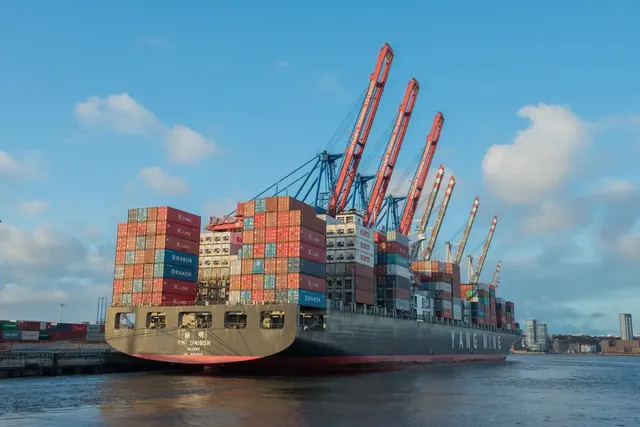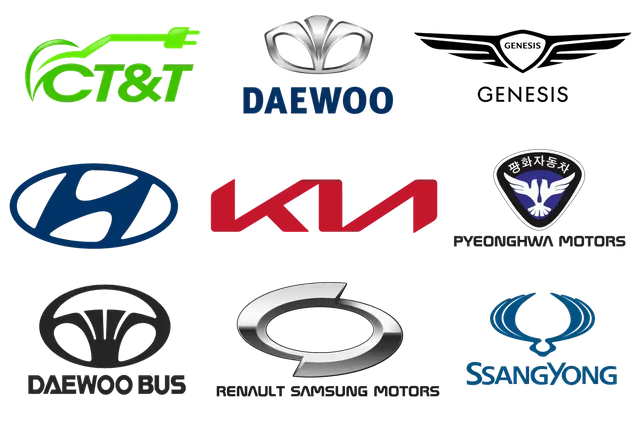The Ultimate Guide to Importing Your Dream Korean Car to Saudi Arabia in 2025
Picture this: you’re cruising down the Jeddah Corniche in a sleek, brand-new Kia or a top-of-the-line Genesis, gliding effortlessly past the palm trees and the azure Red Sea. Sounds enticing, right? For many Saudi drivers, the dream of owning a premium Korean vehicle is becoming reality in 2025. While the idea of importing a car from overseas might seem overwhelming, understanding the ins and outs of the process can save you time and money. Korean cars are renowned for their reliability, features, and value, making them a popular choice in Saudi Arabia. Let’s break down the steps to importing your perfect ride. Full text: https://www.icartea.com/ar/wiki/guide-to-importing-korean-cars-to-saudi-in-2025.
- Understanding the Import Process: A Step-by-Step Guide
Importing a vehicle requires careful planning and knowledge. Here are the essential steps to ensure a smooth transition from Korea to your driveway in Saudi Arabia.
3 First Steps to Kickstart Your Import Journey
Verify Model Compliance with Saudi Standards
Not every vehicle produced in Korea qualifies for import into Saudi Arabia. Compliance with local regulations is crucial, particularly under the newly updated 2025 homologation requirements. Make sure the specific model you wish to import meets Saudi standards regarding safety, emissions, and performance.

Adaptations to GCC Specifications
Korean vehicles often come designed with adaptations necessary for the Saudi climate—think high ambient temperature tolerance and enhanced cooling systems. These features allow your car to withstand the extreme heat typical of the region.
Left-Hand Drive Configuration
In Saudi Arabia, cars must be factory Left-Hand Drive. Vehicles converted from Right-Hand Drive may face complications during importation and could even be rejected. Always ensure the model you select comes from the factory in Left-Hand Drive specification.
Smart Budget Planning: All Costs Considered
The initial price tag of the car is merely the starting point. You need to consider all potential expenses until the vehicle is registered in Saudi Arabia. Here's a quick guide to budgeting for your import:
Assemble Your Document Checklist
Having the correct documents is vital for smooth customs clearance. Missing or incorrect paperwork can lead to significant delays:
Original Certificate of Origin: This proves the vehicle's manufacturing origin, stamped by the Korean Chamber of Commerce.
Arabic-Translated Bill of Lading: A contract between you and the shipping company; a certified Arabic translation is required.
SASO Conformity Certificate: Needed for compliance with Saudi safety and quality standards.
- Why Saudi Drivers are Embracing Korean Cars in 2025
Beyond the desire for specific vehicle models, there are substantial advantages to importing directly from Korea.

Cost Savings
One of the most compelling reasons to import is the financial advantage. Importing a vehicle could save you an average of 19% compared to buying from local dealers, translating to thousands of riyals saved, which could mean savings as high as SAR 28,500 on a SAR 150,000 car.
Warranty Peace of Mind
Major Korean brands recognize warranties on imported vehicles, often offering a 3-year or 100,000 km guarantee as long as the necessary transfer steps are followed. Knowing you’re covered in case of repairs is a significant relief.
Faster Availability
Local dealerships may have long waiting times for popular models, sometimes extending up to six months. Directly importing from Korea allows you to skip these lines and get your hands on your new vehicle sooner.
Advanced Features and Customization
Korean manufacturers are increasingly tailoring features to meet the needs of Saudi consumers. For example, you might choose vehicles that exclude unnecessary winter packages, or you could opt for infotainment systems with full Arabic support.
- Avoiding Common Pitfalls When Importing
Navigating through the import process doesn’t come without challenges. Here are five costly mistakes to be aware of:
Ignoring EV Incentives
If you’re considering an electric or hybrid vehicle, don’t overlook the Green Vehicle Initiative, which can offer a 50% customs duty waiver and free registration until 2030.
Underestimating Shipping Risks
Opt for reliable shipping routes with minimal handling. A direct route from Incheon to Dammam is recommended for a speedy import.
Certification Errors
Stay updated with the latest SASO regulations to avoid registration failure due to non-compliance with new standards.
Insufficient Shipping Insurance
Basic shipping insurance may not cover all potential risks. Consider supplementary coverage to protect your investment fully.

Local Registration Requirements
Understand what’s needed for local registration beyond customs clearance. This often includes a technical inspection and local insurance.
FAQs: Navigating the Import Landscape
Can I Import Used Korean Cars into Saudi Arabia?
Yes, but with stringent requirements: the vehicle must be under 5 years old, have verifiable service history, and pass inspection.
How Long Does Customs Clearance Take?
With the right documents, clearance generally takes 3-5 days at major ports. Expect delays if paperwork is incomplete.
How Do I Transfer the Manufacturer’s Warranty?
Request an extension from the seller before shipping, and ensure all local requirements are followed upon arrival.
Are There Age Restrictions for Classic Cars?
Yes, vehicles older than 30 years may qualify for import under different regulations, allowing for less stringent inspections.
What About Modifications?
Significant modifications might hinder registration. Check compliance with Saudi standards before shipping.
The content above comes from Cartea, the most professional automotive platform in the Middle East. More info: http://www.icartea.com.
